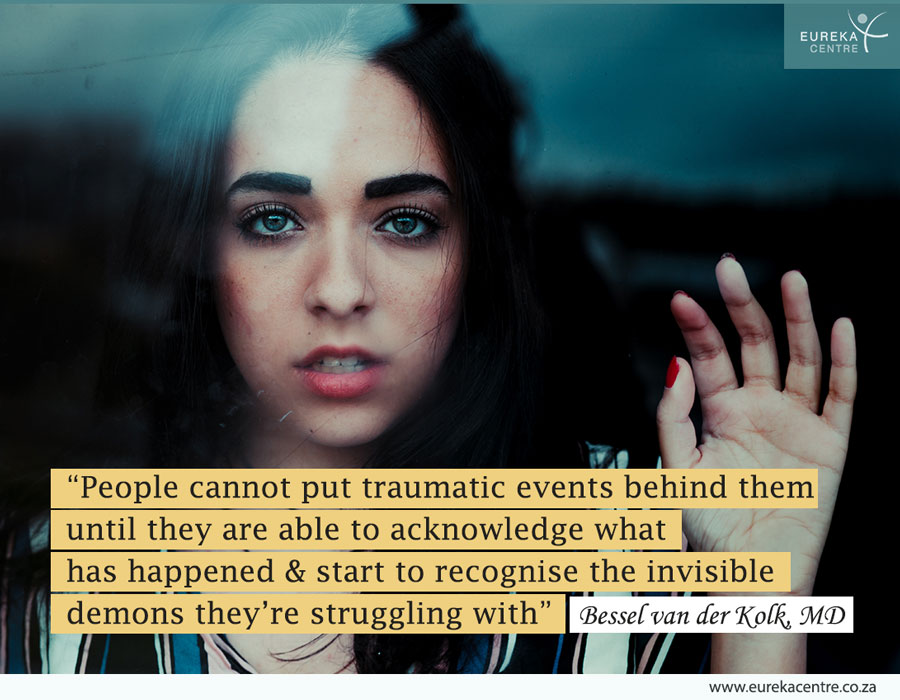EMDR uses a structured eight-phase approach and works directly with memory networks and enhances information processing by forging associations between the distressing memory and more adaptive information contained in other semantic memory networks.
The distressing memory is transformed when new connections are forged with more positive and realistic information.
This results in a transformation of the emotional, sensory and cognitive components of the memory so that, when it is accessed, the individual is not longer distressed.
Instead he/she recalls the incident with a new perspective, new insight, resolution of the cognitive distortions, elimination of the emotional distress and relief of related physiological arousal.

EMDR uses a structured eight-phase approach and addresses the past, present and future aspects of the dysfunctionally stored memory.
During the processing phases of EMDR, the client attends to the disturbing memory in multiple brief sets of about 15-30 seconds, while simultaneously focusing on the therapist-directed lateral eye movement, alternative hand-tapping or bi-lateral auditory tones.
Following each set of such dual attention, the client is asked what associative information was elicited during the procedure. This new material usually becomes the focus of the next set. This process of alternating dual attention and personal association is repeated many times during the session.

EMDR Therapy Process
Phase 1 – Client History & Treatment Planning:
In the first sessions, the clients history and an overall treatment plan are discussed.
During this process the therapist identifies and clarifies potential targets for EMDR. Target refers to a disturbing issue, event, feeling or memory for use as an initial focus for EMDT.
Maladaptive beliefs are also identified.
Phase 2 – Preparation:
Before beginning EMDR for the first time, it is recommended that the client identify a safe place, an image or memory that elicits comfortable feelings and a positive sense of self.
This safe place can be used later to bring closure to an incomplete session or to help a client tolerate a particularly upsetting session.
Phase 3 – Assessment:
In developing a target for EMDR, prior to beginning the eye movements, a snapshot image is identified that represents the target and the disturbance associated with it.
Using that image is a way to help the client focus on the target, a negative cognition (NC) is identified – a negative statement about the self that feels especially true when the client focuses on the target image, e.g. “I am not good enough”.
A positive cognition (PC) is also identified – a positive self-statement that is preferable to the negative cognition, e.g. “I am good enough”.
Phase 4 – Desensitization:
The therapist asks the client to focus simultaneously on the image, the negative cognition, and the disturbing emotion or body sensation.
Then the therapist usually asks the client to follow a moving object with his or her eyes; the object moves alternately from side to side so that the client’s eyes also move back and forth.
After a set of eye movements, the client is asked to report briefly on what has come up; this may be a thought, a feeling, a physical sensation, an image, a memory, or a change in any of the above.
In the initial instructions to the client, the therapist asks him/her to focus on this thought, and begins a new set of eye movements. Under certain conditions, however, the therapist directs the client to focus on the original target memory or on some other image, thought, feeling, fantasy, physical sensation or memory.
From time to time the therapist may query the client about his/her current level of distress. The desensitisation phase ends when the SUDS (“subjective units of disturbance scale”) has reached 0 or 1.
Phase 5 – The “Installation Phase”:
The therapist asks the client about the positive cognition, if it is still valid. After Phase 4, the view of the client on the event/ the initial snapshot image may have changed dramatically.
Another PC may be needed. Then the client is asked to “hold together” the snapshot and the (new) PC.
Also the therapist asks, “How valid does the PC feel, on a scale from 1 to 7?” New sets of eye movement are issued.
Phase 6 – The “Body Scan”:
The therapist asks if anywhere in the client’s body any pain, stress or discomfort is felt. If so, the client is asked to concentrate on the sore knee or whatever may arise and new sets are issued.
Phase 7 – Debriefing:
The therapist gives appropriate info and support.
Phase 8 – Re-evaluation:
At the beginning of the next session, the client reviews the past week, discussing any new sensations or experiences. The level of disturbance arising from the experiences targeted in the previous session is assessed.
An objective of this phase is to ensure the processing of all relevant historical events.

Are you suffering with PTSD?
At Eureka Centre we have a very experienced and gifted Clinical hypnotherapist and EMDR specialist, Jeanette Dreyer, who achieves excellent results, and we have many satisfied clients.
If you are struggling to move on after an armed robbery or physical assault, EMDR is an effective therapy to help you process the trauma and move past it.











































